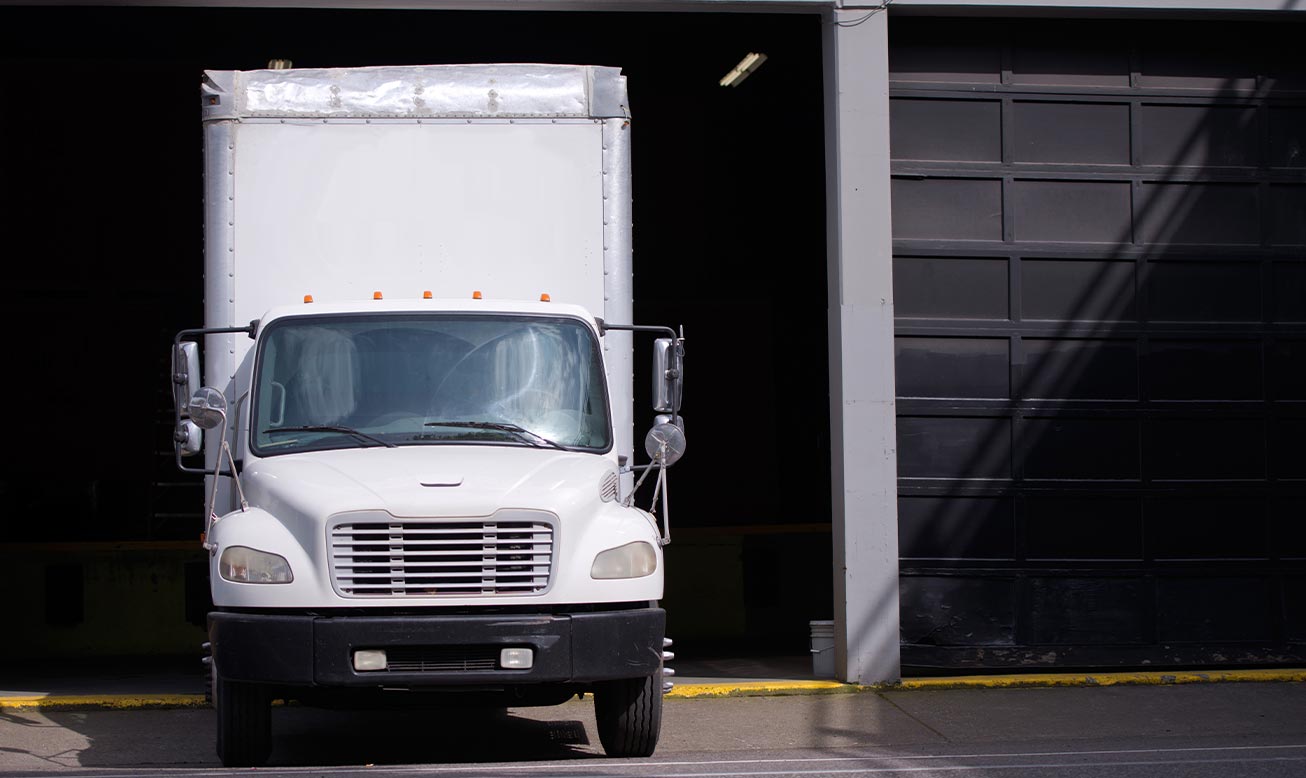November 30, 2024
Retail Freight Never Stops Moving
Retail logistics professionals face a formidable challenge: managing complex, high-speed supply chains that never seem to rest. The surge in consumerism, fueled by technological advancements, has revolutionized how goods are purchased and delivered. Today, a single tap or click from a consumer sets off a chain reaction—orders are placed, inventories are depleted, and retailers must scramble to restock. This process becomes particularly intense during the retail peak season, a time of year that demands strategic planning, efficient execution, and innovative solutions.
What Is Peak Season in Retail Logistics?
Peak season in retail logistics generally refers to the time of year when consumer demand spikes, typically starting in October and extending through late December. This period aligns with the holiday season, a crucial time for retailers as sales soar. While the exact dates may vary based on industry and product type, the essence of peak season planning remains consistent: ensuring supply chains can handle the surge in orders efficiently and without disruption.
Retailers must focus on seamless inventory replenishment, timely shipping, and effective retail logistics management to keep up with demand during this high-pressure period. For logistics professionals, it means delivering freight on time and facing challenges like increased transportation costs, heightened consumer expectations, and limited carrier capacity.
The Dynamism of Retail Logistics
A critical component of retail logistics during the peak season is last-mile delivery—in B2B scenarios, the final step that takes products from suppliers to retailers. The last mile is often the most challenging aspect of the supply chain because of its significant impact on customer satisfaction.
During the retail peak season, the importance of efficient last-mile delivery grows exponentially. As consumer spending rises and inventories shrink, businesses must ensure products are delivered swiftly and accurately. The pressure intensifies as holiday deadlines approach, leaving little room for error. Retailers that excel in last-mile delivery during peak season gain a competitive edge by meeting customer expectations and maintaining loyalty.

Key Challenges in Peak Season Planning
Rising Consumer Expectations – Customers now expect faster and more flexible delivery options. Meeting these demands during peak season requires robust logistics systems and reliable shipping retail partnerships.
Carrier Capacity Constraints – With a surge in shipments, carrier availability can become limited. Retailers must secure their transportation needs early to avoid delays or inflated costs.
Freight Costs and Market Trends – The freight brokerage industry trends indicate higher transportation costs during peak season due to increased demand. Staying informed about these trends helps businesses plan budgets effectively.
Inventory Management – Balancing inventory levels is crucial during the holiday rush. Overstocking ties up capital, while understocking can result in lost sales and dissatisfied customers.
Technology’s Role in Retail Logistics Management
Technological advancements have become indispensable for retail logistics management, particularly during peak season. Innovations like real-time tracking, route optimization, and predictive analytics help retailers streamline operations and respond dynamically to challenges.
Tracking and Transparency
Real-time tracking tools provide visibility across the supply chain, allowing businesses to monitor shipments and address issues promptly.
Route Optimization
Software solutions that optimize delivery routes, save time, reduce fuel costs, and minimize environmental impact.
Data-Driven Decisions
Predictive analytics enable retailers to forecast demand accurately and plan inventory and transportation accordingly.
By embracing these technologies, retailers can enhance efficiency, cut costs, and improve customer satisfaction during the peak season.

The Role of a Trustworthy Transportation Partner
Partnering with a reliable transportation provider is essential for navigating the complexities of peak season. A skilled 3PL provider or non-asset-based carrier brings expertise in shipping retail and ensures that last-mile deliveries are seamless, cost-effective, and timely.
To thrive during peak season, retailers and logistics professionals could implement the following strategies:
Start Early – Begin planning months in advance to guarantee carrier capacity, negotiate contracts, and build contingency plans.
Utilize the Power of Data – Use historical data and predictive analytics to forecast demand accurately and align resources accordingly.
Enhance Communication – Maintain clear communication with suppliers, carriers, and customers to avoid disruptions.
Diversify Shipping Options – Relying on multiple carriers or extended transportation networks reduces the risk of delays and ensures flexibility.
Invest in Technology – Implement advanced logistics software for better visibility, tracking, and decision-making.
Defining Peak Season Success
Retailers that succeed during peak season prioritize proactive planning, efficient execution, and strategic partnerships. Businesses can overcome challenges and capitalize on opportunities during this critical time by focusing on retail logistics management and leveraging the latest technologies.
Whether it is defining peak season, managing last-mile deliveries, or understanding the impact of freight brokerage industry trends, the key lies in preparedness and adaptability. With proper strategies and reliable partners, retailers can navigate the peak season smoothly, ensuring customer satisfaction and boosting profitability.
At Last Mile Logistics, we understand the critical nature of peak season for retailers. From freight brokerage industry trends to the latest technologies, we put our expertise at your service to help you meet the demands of your supply chains.
For expert support during the peak retail season, trust Last Mile Logistics to handle your freight needs with precision and care. Contact us today to discuss how we can optimize your supply chain and help you achieve your business goals.

